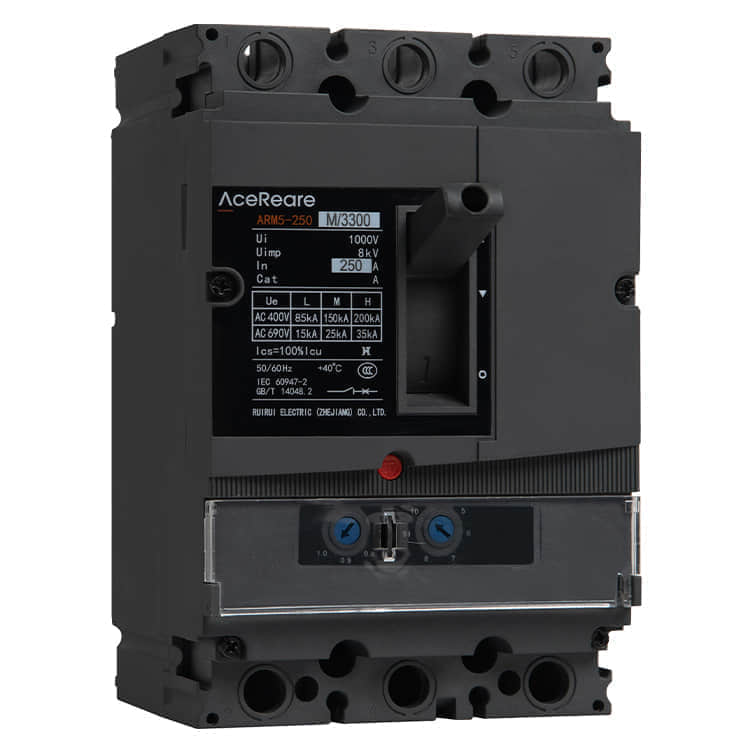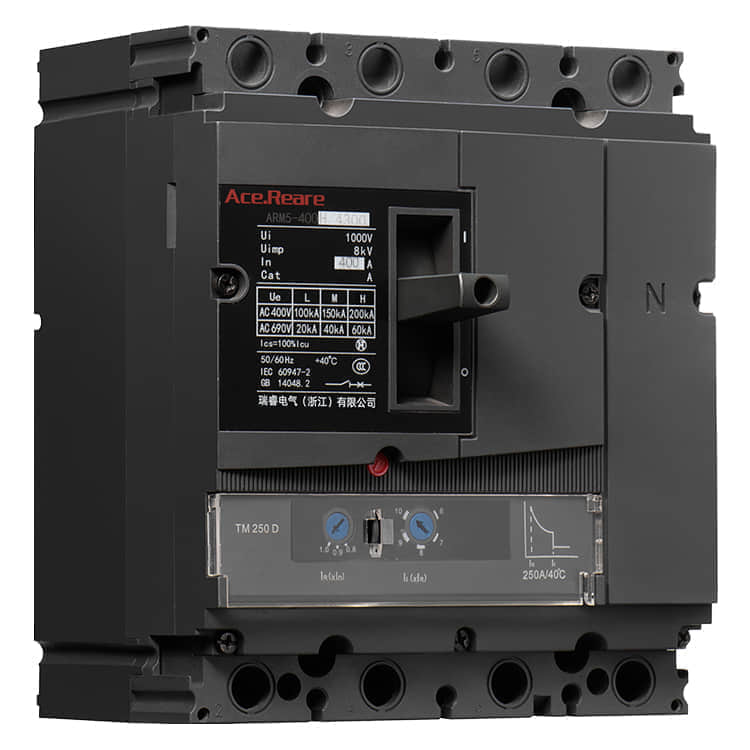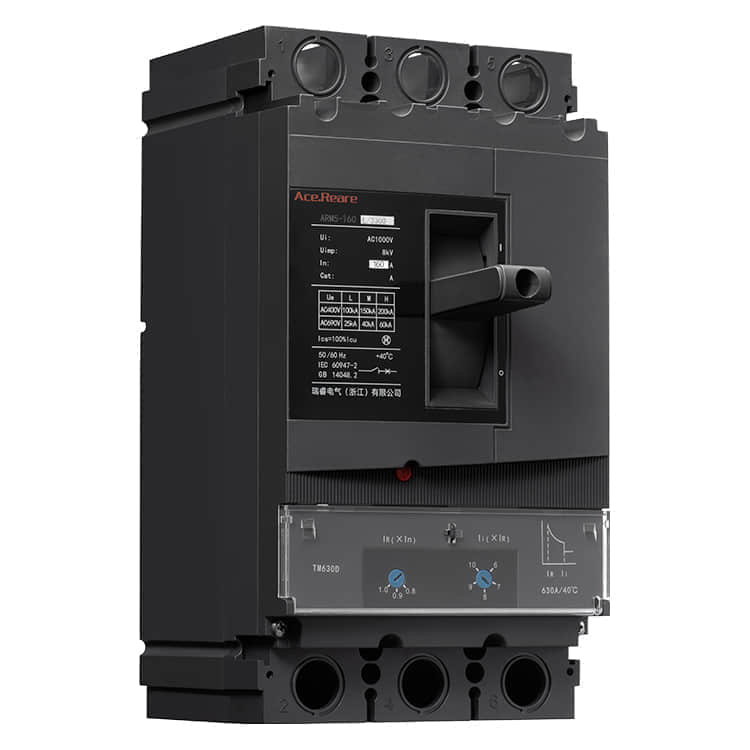Double-Breaker Moulded Case Circuit Breakers: Enhancing Electrical Safety and Reliability
In today's rapidly evolving technological landscape, electrical systems play a pivotal role in powering our world. Whether it's in residential, commercial, or industrial settings, electricity is the lifeblood that fuels our daily lives. Ensuring the safety and reliability of these electrical systems is of paramount importance. One crucial component that contributes to this safety and reliability is the Double-Breaker Moulded Case Circuit Breaker (MCCB). In this article, we will delve into the world of MCCBs, exploring their design, functions, and the benefits they offer.

Understanding the MCCB

The Double-Breaker Moulded Case Circuit Breaker, often abbreviated as MCCB, is a type of electrical protection device. Its primary function is to protect electrical circuits and equipment from overcurrent, short circuits, and other electrical faults. MCCBs are widely used in various applications due to their ability to provide reliable protection while maintaining the continuity of electrical supply. Design and Construction
MCCBs are designed with precision and durability in mind. They consist of several key components, each serving a specific purpose in ensuring their efficient operation:
Moulded Case: The outer shell of the MCCB is made from a robust, insulating material that encapsulates the internal components. This casing provides protection against environmental factors and enhances the breaker's safety.
Current Sensing Mechanism: MCCBs are equipped with a current sensing mechanism that monitors the electrical current flowing through the circuit. When an abnormal current is detected, the MCCB can act swiftly to interrupt the circuit.
Double-Breaker Configuration: The distinguishing feature of MCCBs is their double-breaker configuration. This design includes two separate sets of contacts for opening the circuit. This redundancy improves reliability and safety by minimizing the risk of contact welding and enhancing the MCCB's ability to interrupt high fault currents.
Trip Mechanism: The trip mechanism is responsible for opening the MCCB's contacts when a fault is detected. It can be thermal, magnetic, or electronic, depending on the MCCB's design and application.
Benefits of MCCBs
The use of Double-Breaker Moulded Case Circuit Breakers offers numerous advantages across various industries:
Enhanced Protection: MCCBs provide robust protection against overcurrent and short circuit faults, preventing potential damage to electrical equipment and minimizing the risk of electrical fires.
Reliability: The double-breaker design significantly improves the reliability of MCCBs, reducing the chances of contact welding and ensuring that the breaker can interrupt high fault currents effectively.
Adjustability: MCCBs often come with adjustable settings, allowing users to customize the trip curves and current ratings to suit specific applications.
Ease of Installation: MCCBs are designed for easy installation and maintenance, reducing downtime and associated costs.
Longevity: With their durable construction, MCCBs have a long service life, offering years of reliable protection.
Applications
Double-Breaker Moulded Case Circuit Breakers find applications in various industries and settings, including:
Residential: MCCBs are used in residential electrical panels to protect circuits from overloads and short circuits, ensuring the safety of homes and occupants.
Commercial: In commercial buildings, MCCBs safeguard critical equipment and electrical systems, minimizing disruptions and ensuring continuous operation.
Industrial: MCCBs are integral in industrial facilities where heavy machinery and high-power equipment require robust protection.
Renewable Energy: MCCBs are employed in renewable energy systems to protect inverters and other components from electrical faults.
Data Centers: Ensuring uninterrupted power supply is essential in data centers, and MCCBs play a vital role in achieving this goal.
In conclusion, Double-Breaker Moulded Case Circuit Breakers are indispensable components in modern electrical systems. Their design, reliability, and versatility make them a preferred choice for ensuring the safety and continuity of electrical power across various sectors. As technology continues to advance, MCCBs will continue to evolve to meet the ever-growing demands for electrical protection and reliability.




